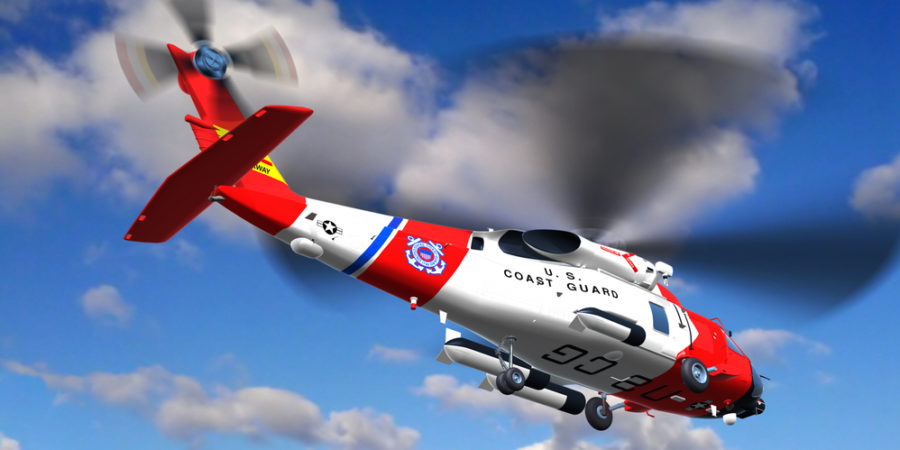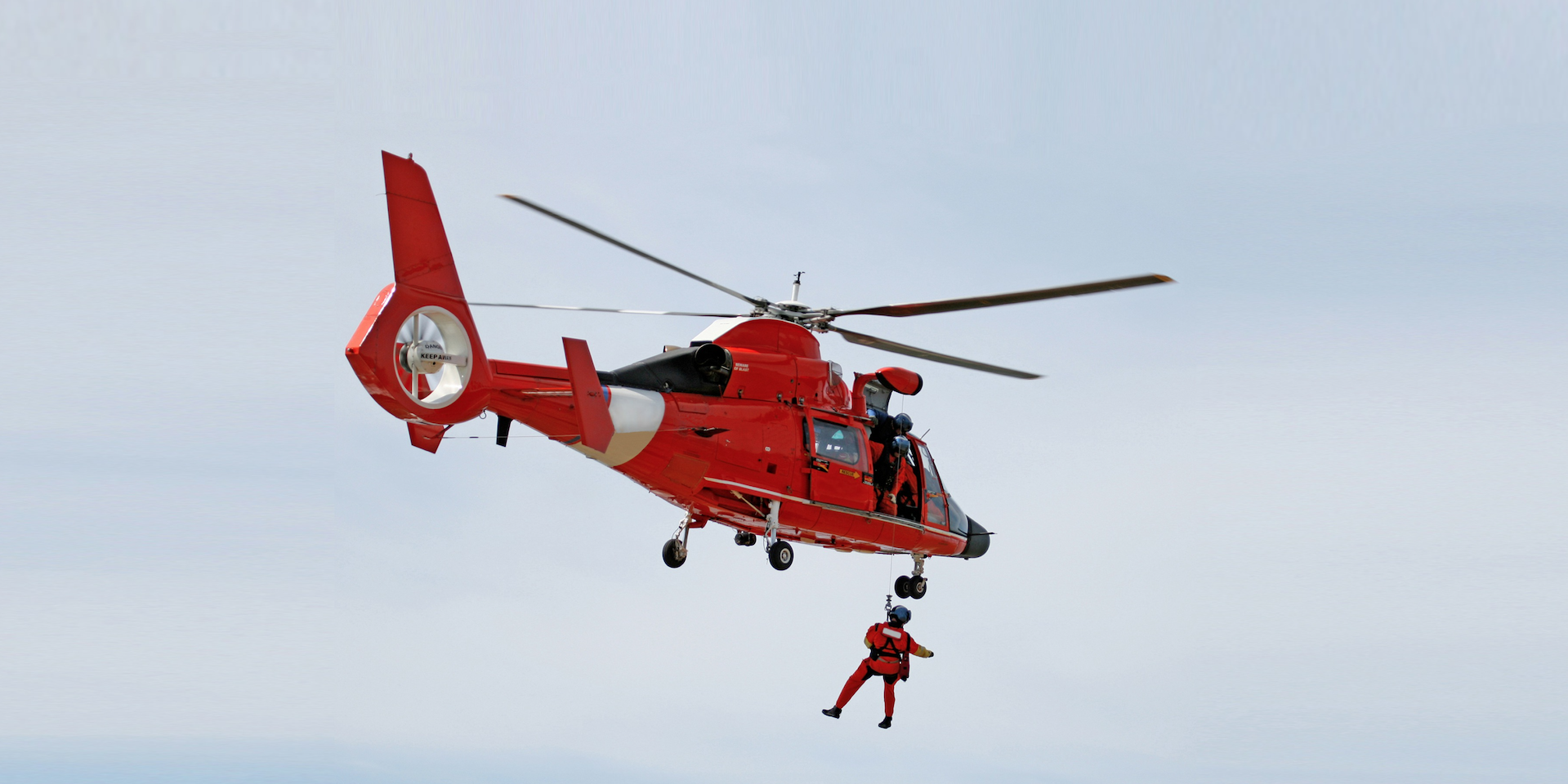One of the U.S. Coast Guard’s (USCG) oldest missions is search and rescue (SAR). While responding to those in distress and transporting them to safety, the USCG must ensure personnel and equipment are ready to be deployed at a moment’s notice — into often hazardous environments. Helping individuals in danger requires close collaboration among multimission stations, cutters, aircraft and boats, as well as the systems and personnel overseeing the mission operation.
This sophisticated SAR coordination requires highly reliable command, control, communications, computers and IT (C4IT) systems. The USCG has struggled to meet these needs in the past because it must often operate in degraded and disconnected environments where network access or data connectivity is limited.
Mobile solutions that can optimize application performance in spite of degraded network environments can be a game changer in emergency management scenarios, when every insight matters and every second counts.
Challenges of operating in degraded network environments
A typical boat with 130 Coast Guardsmen may have a 1 megabit per second connection, which makes it very challenging for IT to optimize app performance. Operating in degraded network environments makes it more difficult to secure data, as mission information is transferred, interrupted and restored depending on inconsistent bandwidth in variable settings.
Enhance critical incident response with mobile
Learn how to execute safer, more effective incident response with a mobile-first approach. Download Now
Brian Burns, deputy CIO of the USCG, discussed this challenge and the need to deploy more modern computing environments and enable more mobile, cloud and data analytics capabilities at an AFCEA luncheon. Burns’ sentiment, echoed by other USCG leaders such as Adm. David Dermanelian, emphasized the critical need for IT to support “heavy requirements” such as the ability for more Guardsmen to access data and apps at sea — anytime, anywhere, even in environments with severely limited bandwidth or no connectivity at all.
Enhancing app performance by ensuring secure data transfer
USCG leaders have recognized the benefits of mobility as a transformative force for IT modernization. The next step is integrating mobile solutions into updated architectures to help Guardsmen overcome operational challenges in degraded network environments.
Using mobile devices as the foundation of the data collection solution enables Coast Guardsmen to remain productive in environments with fluctuating bandwidth. Security concerns have held back this approach, but new defense-grade mobile security solutions such as Samsung Knox address this need. Knox can be configured to protect data storage when collecting information at the mission edge and to allow secure transfer of data in motion when connectivity is reestablished. This security capability optimizes app performance and allows Guardsmen to fulfill essential duties such as sharing field data or coordinating with command and control, even when connectivity is limited.
Making the USCG more ready, resilient and relevant through the use of emerging technology is a strategic imperative aligned to the Coast Guard Strategic Plan 2018-2022 — and core to its motto, semper paratus (“always ready”). Mobile technology can support America’s maritime first responders in their unique environments and pave a pathway to adopting other emerging technologies.
Learn how to execute safer, more effective incident response with a mobile-first approach. And discover how Samsung’s mission-ready, push-to-talk Galaxy XCover FieldPro can support first responders in emergency management.








